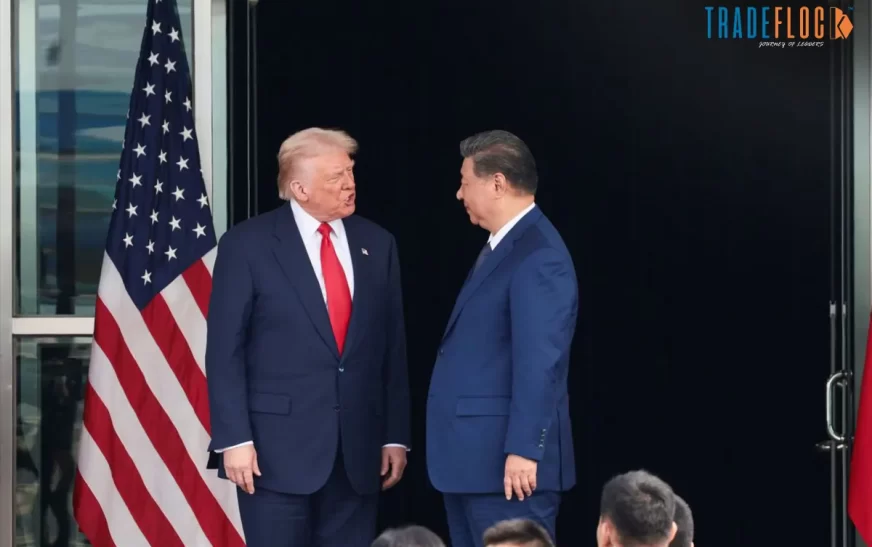U.S. President Donald Trump announced he reached a deal with President Xi Jinping to lower tariffs in exchange for China cracking down on illegal fentanyl, resuming U.S. soybean purchases, and maintaining rare earth exports. Their first face-to-face meeting since 2019 took place in Busan, South Korea, as part of Trump’s trip, which highlighted trade breakthroughs with South Korea, Japan, and Southeast Asia. Beijing stated that the deal also involved the US delaying a one-year measure to restrict Chinese firms from accessing US technology, which China had opposed.
Trump described the meeting as “amazing” and rated it a “12 out of 10.” Tariffs on Chinese imports will be cut from 57% to 47%, partly by reducing tariffs related to fentanyl precursor drugs to 10%. Trump expressed confidence that Xi would intensify efforts to stop the fentanyl flow, a leading cause of overdose deaths in the US. China agreed to pause export controls on rare earths for a year, a move that Beijing said would ease trade tensions.
China is committed to purchasing 12 million metric tons of US soybeans through January and 25 million metric tons annually for the next three years. It approved a US-backed plan for TikTok to come under U.S. control and showed interest in an Alaska pipeline project. The US will ease some restrictions on Chinese tech firms and halt measures against China’s maritime sector.
Also Read: Samsung Boosts AI Chip Investment as Demand Outpaces Supply
Analysts view this as a fragile, one-year truce that temporarily eases tensions but doesn’t address the underlying issues. Critics warn tensions could resurface, risking a trade war. Markets reacted cautiously, with some leaders, like Chuck Schumer, sceptical. Xi and Trump discussed port fees and development goals. Trump plans to visit China in April, and China remains confident in its ability to handle risks. Overall, the deal offers a temporary pause but leaves many challenges.











